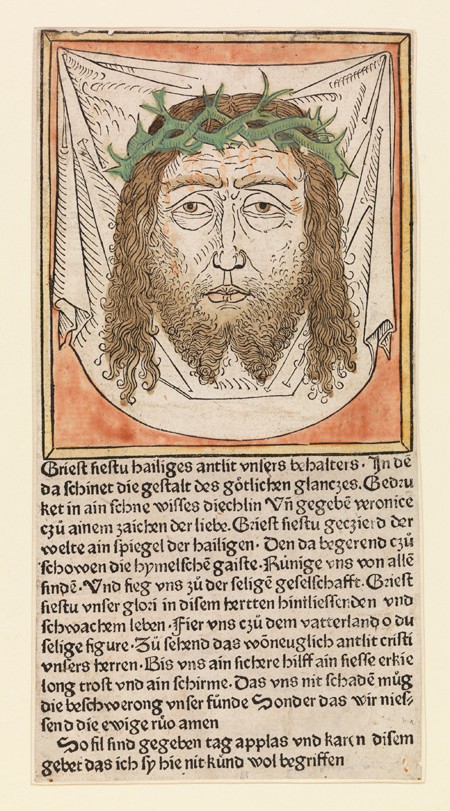In 1568 Giorgio Vasari described how “copper engravings” had provided “the means of seeing various inventions [invenzioni] . . . and conveying to the ultramontanes a knowledge [cognizione] of many things.” Today we still often associate Renaissance image printing with communication, with broadened access to visual information, and with a collapse of space and, above all, of time. It is a cliché, but an enduring one: in the fifteenth and sixteenth centuries, historians of technology and art tell us, print quickened image dispersal and expanded the forms and places in which art could be, as Vasari’s statement suggests. Art in print, in such accounts, became equatable with expansion, “conveyance,” and speed.
But what if there were another side to this story? The book I have been completing at CASVA argues for a darker but more nuanced portrayal of Renaissance print’s relation to movement and time. For certain artists working in northern Europe between 1400 and 1700—for some of Vasari’s “ultramontanes”—a new kind of temporality emerged in art’s production and reception. In works by Pieter Bruegel the Elder (1525–1569), Hieronymus Cock (c. 1510–1570), Hercules Segers (c. 1590–c. 1638), and others, as well as in their interpretation, conditions appeared in which time was staggered and stretched and moments, epochs, and instants were reassembled.
Although time had always been a concern of philosophy, what was novel in the fifteenth and sixteenth centuries—the era, we might recall, of naturalists such as Conrad Gesner (1516–1565), astronomers such as Johannes Kepler (1571–1630), and, on the horizon, early geologists such as Nils Stensen (1638–1686)—was the complexity of the study of time (and motion), which became vaster in scale and, in many cases, uncoupled from a focus on purely human existence. Urban capitalism was just beginning to erode agrarian relations between work, seasons, and time. Human motion, to be sure, held a continued fascination for printmakers, as my book’s second chapter (on “filmic” fighting manuals from Germany) shows. And yet, after 1500 time became not just a narrative of gods, wars, and miracles but also a story of continents, icebergs, fossils, and volcanoes—the story of the earth itself. Hercules Segers’s printed landscapes of rugged, craggy structures, for example, evoke a realization that human time and (say) meteorological time follow very different rhythms. Etchings, made by erosive processes themselves, allegorize these very concepts. Visualized in such works seem to be the murky temporal modes of season, epoch, and even geological era.
Much of the focus of my book is on landscape—both a famed northern speciality and a subject in which nature’s own dynamics of water, light, and earth visually and conceptually tussled with the Italian tradition of the istoria, the narrated staging of the human. On the one hand, replication technologies disseminated (and illustrated) new theories of architecture, matter, and temporality at an unarguably massive scale. On the other, printed works of art allegorized the vision of a world transcending a lone human viewpoint. Prints, circulating haphazardly around the globe, remained forever beyond the contained focus of a solitary viewer.
Recent interest in the temporality of the Renaissance artifact and in image- time itself has shown us that chronological time, the time of clocks, calendars, annals, and art-historical monographs, is a relatively recent idea. The “date” of creation was always but one time among several in the life of the early modern object. Reference, figuration, augury, and legend still could converge in a work of art to conjure pasts, portend futures, and compress instants for the beholder. And yet in today’s scholarship, the print medium lingers as a “standardizer” of these diverse processes, as a rupture of clarity rather than dissimulation in the story of the image. Few would still contend that the print medium “scientized” the world, as William Ivins once put it. My argument is more specific and is focused on particular works and processes. The swirling, multiple temporal registers that uneasily cohabited within certain prints both allegorized a new mobility of the image and revealed a productive grappling with new uncertainties of interpretation and meaning surrounding reproductive works of art themselves. Renaissance print’s spread has heretofore been seen largely as an issue of geography—of space. My argument is that new understandings of a printed work’s times surfaced as well—times of making, times of address, times of beholding, times possibly beyond representation itself.
